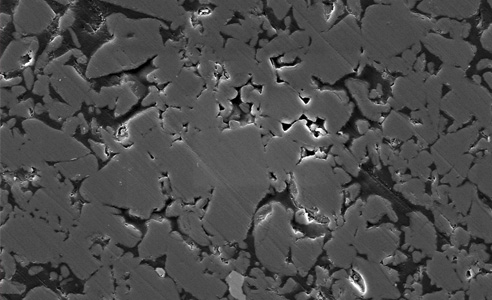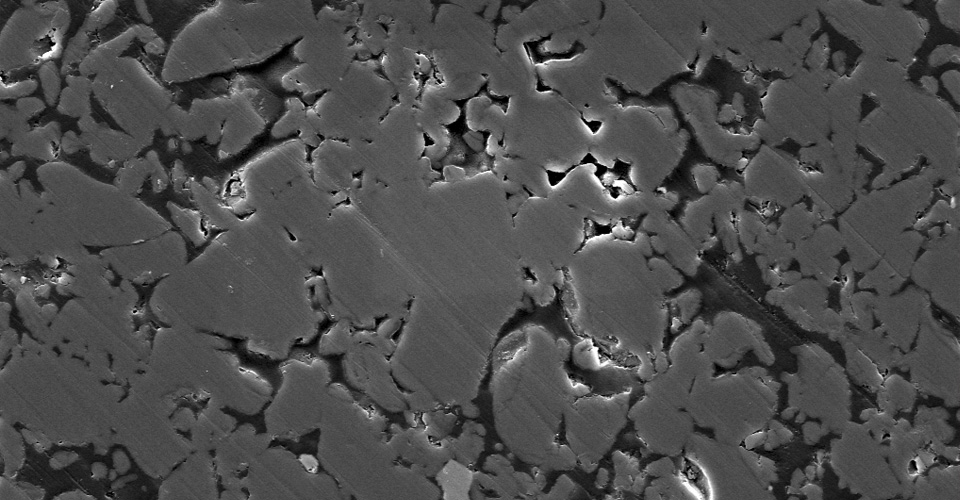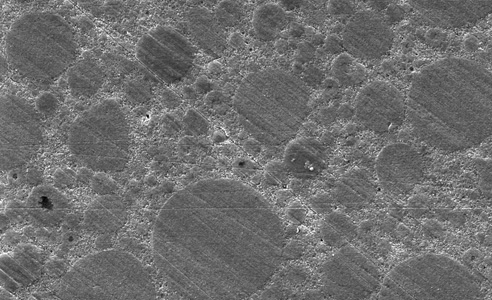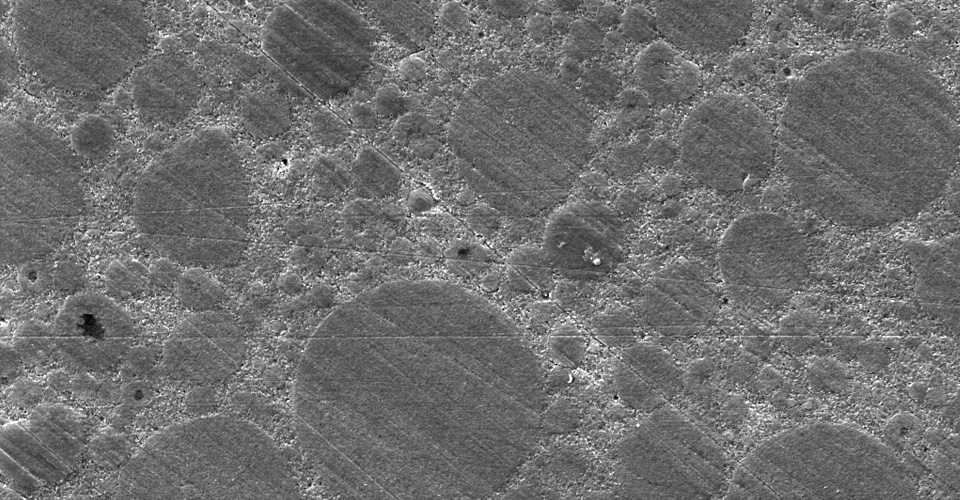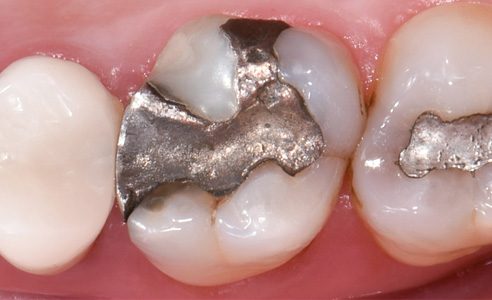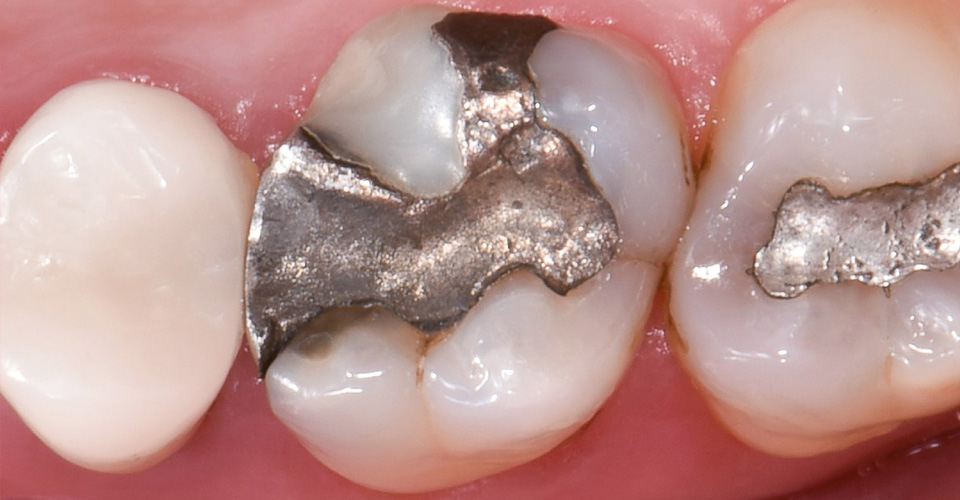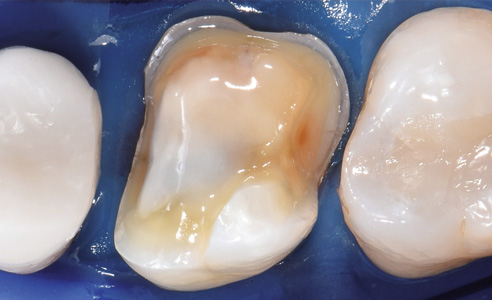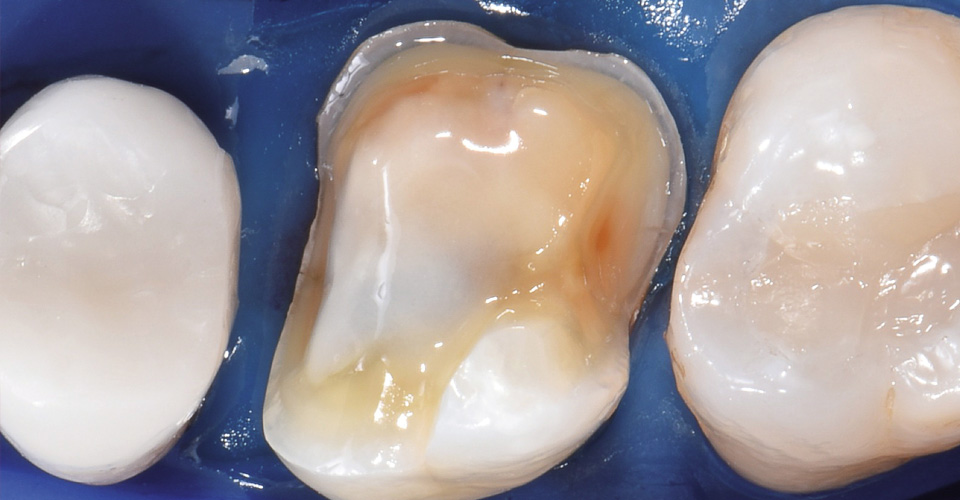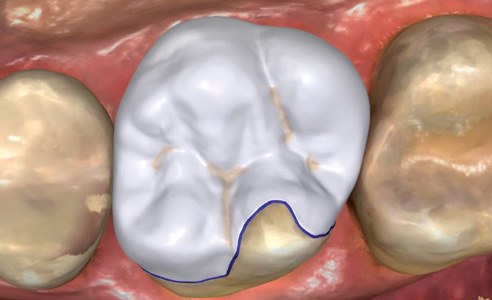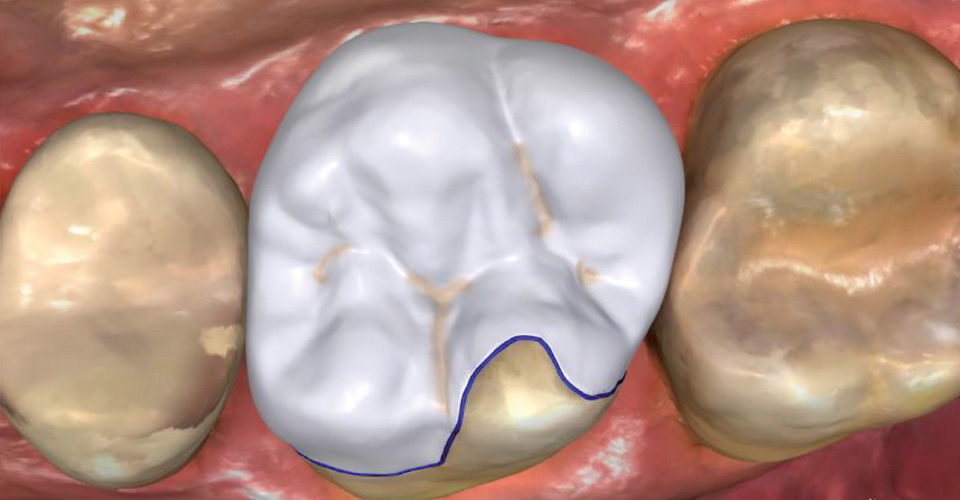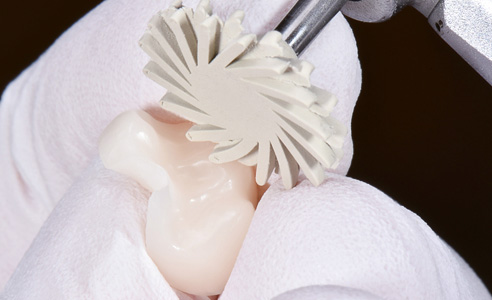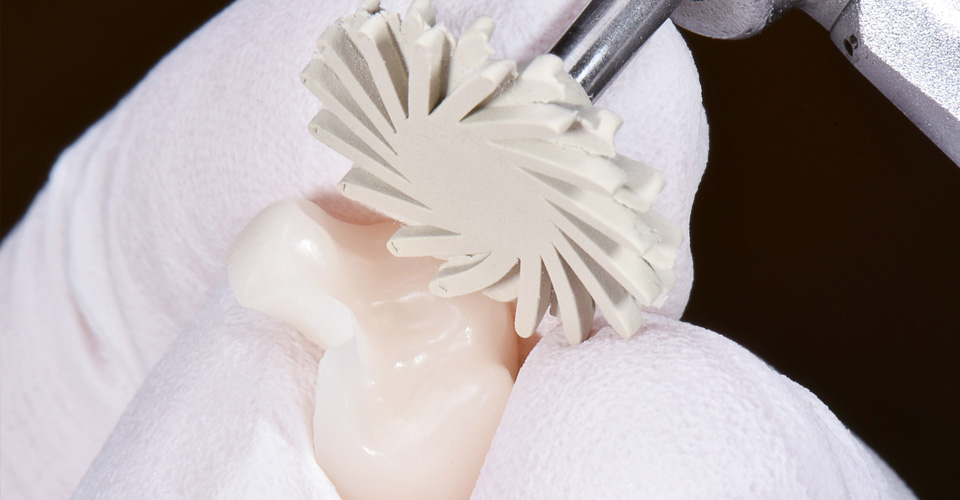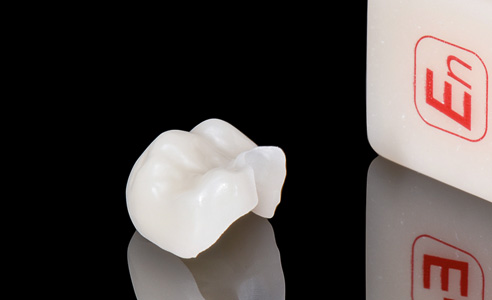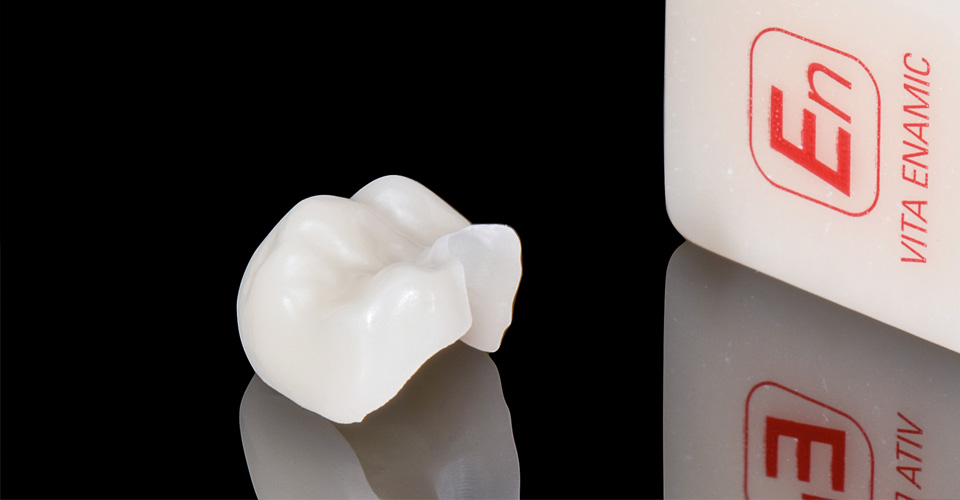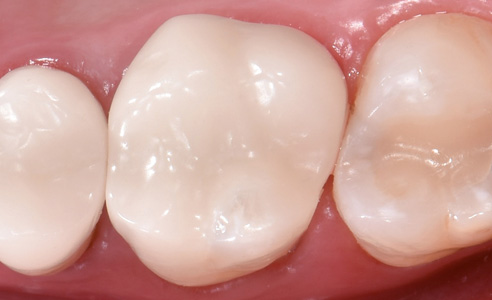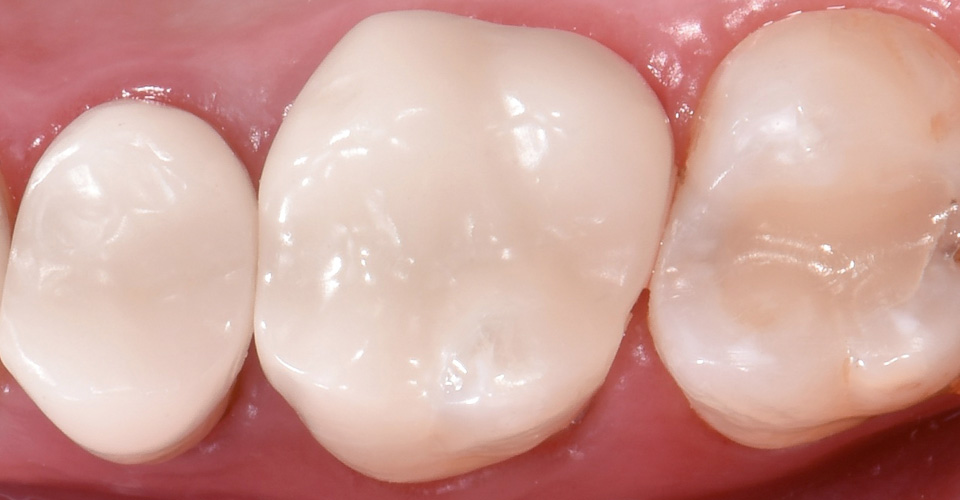Composite or ceramic? A systematic classification of indirect tooth shade materials
Indirect, tooth-colored ceramic materials such as feldspar and glass ceramics have now become established as standard for CAD/CAM-fabricated restorations. The range of CAD/CAM materials has expanded tremendously in recent years. Apart from traditional ceramics, dentists can now also use hybrid ceramics or highly filled composites for definitive prosthetic restorations. In this article, Dr. Sebastian Horvath (Jestetten, Germany) discusses the systematic classification of traditional and new tooth-shaded CAD/CAM materials.
What distinguishes hybrid ceramics from traditional composite?
Ceramics are inorganic mineral materials that are molecularly structured and feature covalent/ionic bonds. They are usually characterized by high mechanical bending strength. However, when force is applied, traditional ceramics react with a brittle behavior and are prone to cracking. Composites are multi-phase materials. They consist of a resin matrix in which mostly ceramic filling material is embedded in order to improve the mechanical properties.
What are typical representatives within the respective material classes today?
Everything started in 1985 with VITABLOCS feldspar ceramics. This was followed by reinforced glass ceramics, including lithium disilicate, and the hybrid ceramic VITA ENAMIC, which has been available since 2013. Recently more composites and high-performance polymers are becoming available, such as GC CERASMART, for CAD/CAM use on the market.
How is hybrid ceramic different from traditional composite?
The hybrid ceramic is a fundamentally new combination of ceramic and polymer. The ceramic provides for mechanical stability, the polymer for elasticity. In composites, ceramic fillers are embedded in a polymer network. The hybrid ceramic, in contrast, has a ceramic network infiltrated with polymer. It contains a high percentage of ceramic (approx. 86% by weight), which contributes to the high durability of the material.
What advantages can be expected from the new hybrid ceramic for a clinic?
Thanks to the high load capacity and elasticity, hybrid ceramics exhibit a high absorption potential in relation to chewing forces. VITA ENAMIC is significantly less brittle than pure ceramics and has similar mechanical properties as dentin. This leads to a uniform distribution of stress. If any cracks are formed, the cracks are deflected or stopped at the polymer-ceramic interfaces. The elasticity of the material allows the CAD/CAM process to have thin yet precise restoration edges.
How are ceramics, hybrid ceramics, and composites fixed?
Due to the ceramic structure, hybrid ceramics such as feldspar ceramic are pretreated by etching with hydrofl uoric acid and silanization. Studies show very good adhesion values. According to current data, CAD/CAM composite materials should be corundum blasted and silanized prior to cementation, which results in comparatively lower adhesion values according to laboratory tests.
What is the decisive practical advantage of VITA ENAMIC?
The original goal of accomplishing esthetic and long-lasting single-tooth restorations using the CEREC process with only one session is revitalized with hybrid ceramics because no crystallization firing is necessary with this material. For this reason, I use the material for standard single tooth restorations in the posterior area.
Report 08/16
Source Fig. 1a/b: SEM images of polished material samples, VITA R&D, 5,000-fold magnification, created with a scanning electron microscope EVO MA 10 by Zeiss, 08/16



